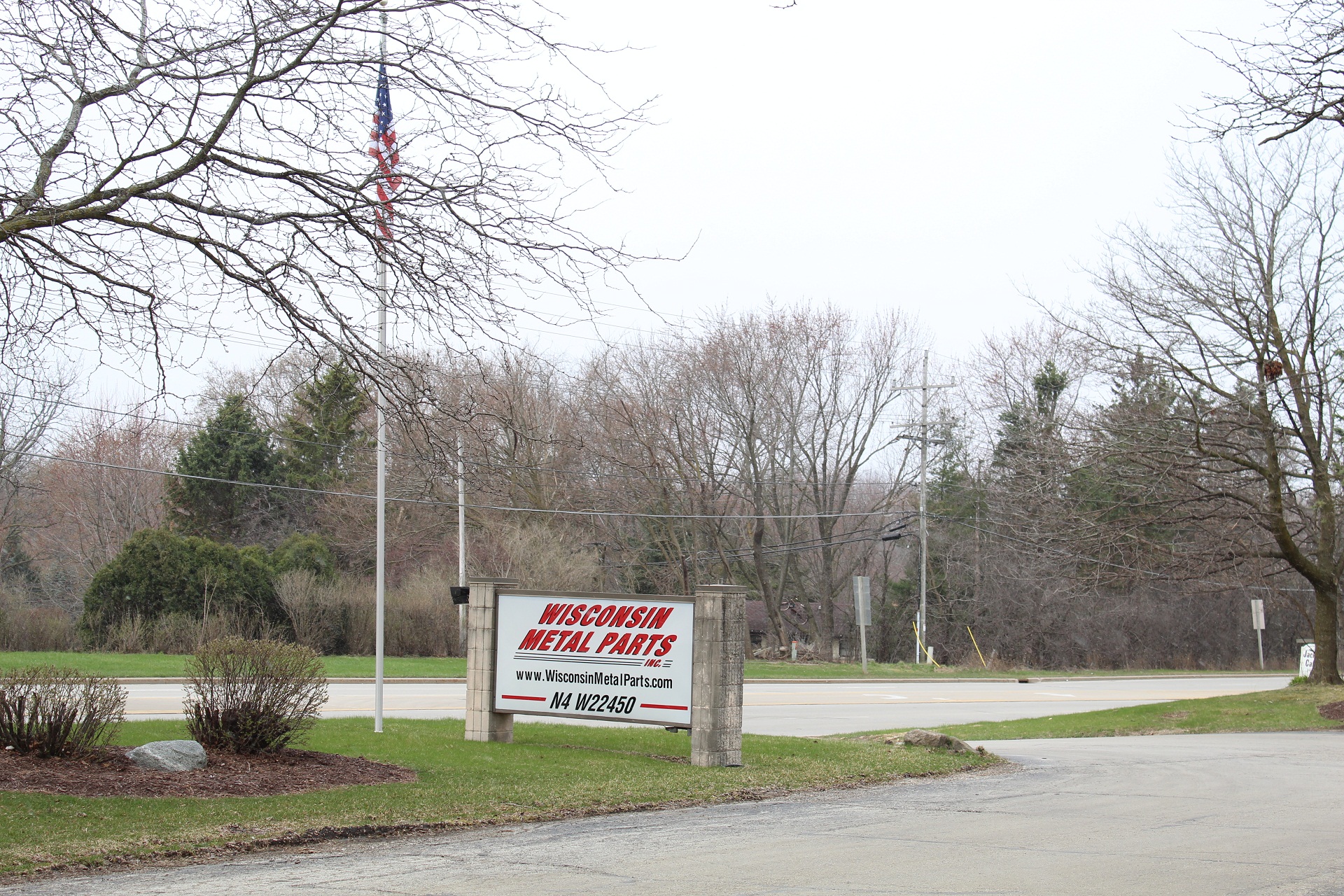
Save Money, Build Trust and Shorten Lead Times – (Part 2 of a Series)
September 3, 2014
In our previous blog, we discussed how manufacturers can save money in the estimating process by qualifying parts suppliers upfront, using relatively few but qualified vendors, and working closely with them to streamline bidding costs. Now let’s look at money-saving opportunities in parts design and engineering, and how to get more from your vendor relationships.
Manufacturers commonly try to control costs by hiring less expensive (and typically, less experienced) engineers. These design engineers may have excellent CAD skills but don’t always consider production and manufacturing costs when designing parts. Often, they have not developed a solid understanding of the tooling required to produce a part. For example, many parts are “over-engineered” with tighter tolerances than required for their function. This adds unnecessary manufacturing processes that can increase overall production time.
Another trend we see is manufacturers skipping critical prototyping steps to gain short-term savings or reach the market faster. But skipping the prototype process can be extremely costly – often in the millions of dollars – if a part cracks or has other defects that prototyping would have detected and resolved. These parts are also delayed instead of getting to market faster.
Meanwhile, demand for manufactured goods is strong, but jobs that were cut a few years ago are not being replaced at a rate to keep up. To deal with this, companies may hire outside engineering firms to compensate for loss of in-house expertise. Or they delegate projects to in-house staff who may have survived job cuts but have limited experience in designing manufacturing-friendly components.
These practices are not surprising, given the pressure to produce more with less money in less time. But all of these factors add significant expense and time to design and production.
Choose suppliers with engineering expertise
Selecting suppliers who are qualified to work with your in-house engineering staff is vital to ensure well-engineered, efficiently produced parts. By “qualified suppliers,” we mean technically skilled staff who also communicate well. Here are some qualities to look for:
- Take a detailed look at the supplier’s engineering and tool making experience. They should be able to work closely with your engineering team as needed, and offer specialized expertise your staff may not have.
- How quickly and accurately can your supplier provide modeling and prototyping? How extensive are their reverse engineering services? Suppliers who excel in these areas can help you cost-effectively include prototyping instead of skipping this important process.
- Choose suppliers who stay up-to-date and invest in new technologies that aide in economical solutions, whether you need simple or highly complex parts.
- Involve your supplier in design and engineering as early as possible. Take time with suppliers so they thoroughly understand the part’s function. We can offer ideas to save or eliminate tooling costs, or to modify a design so the part uses in-house processes that can speed production or reduce costs.
Ensure your engineering staff can design parts appropriate for production, whether through experience, training or working with a knowledgeable supplier. Wisconsin Metal Parts is happy to work with our customers’ engineering teams to solve production concerns during part design.
Watch for our next blog which will focus on overcoming logistical and manufacturing challenges our customers face.









